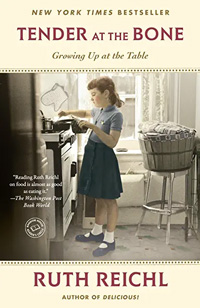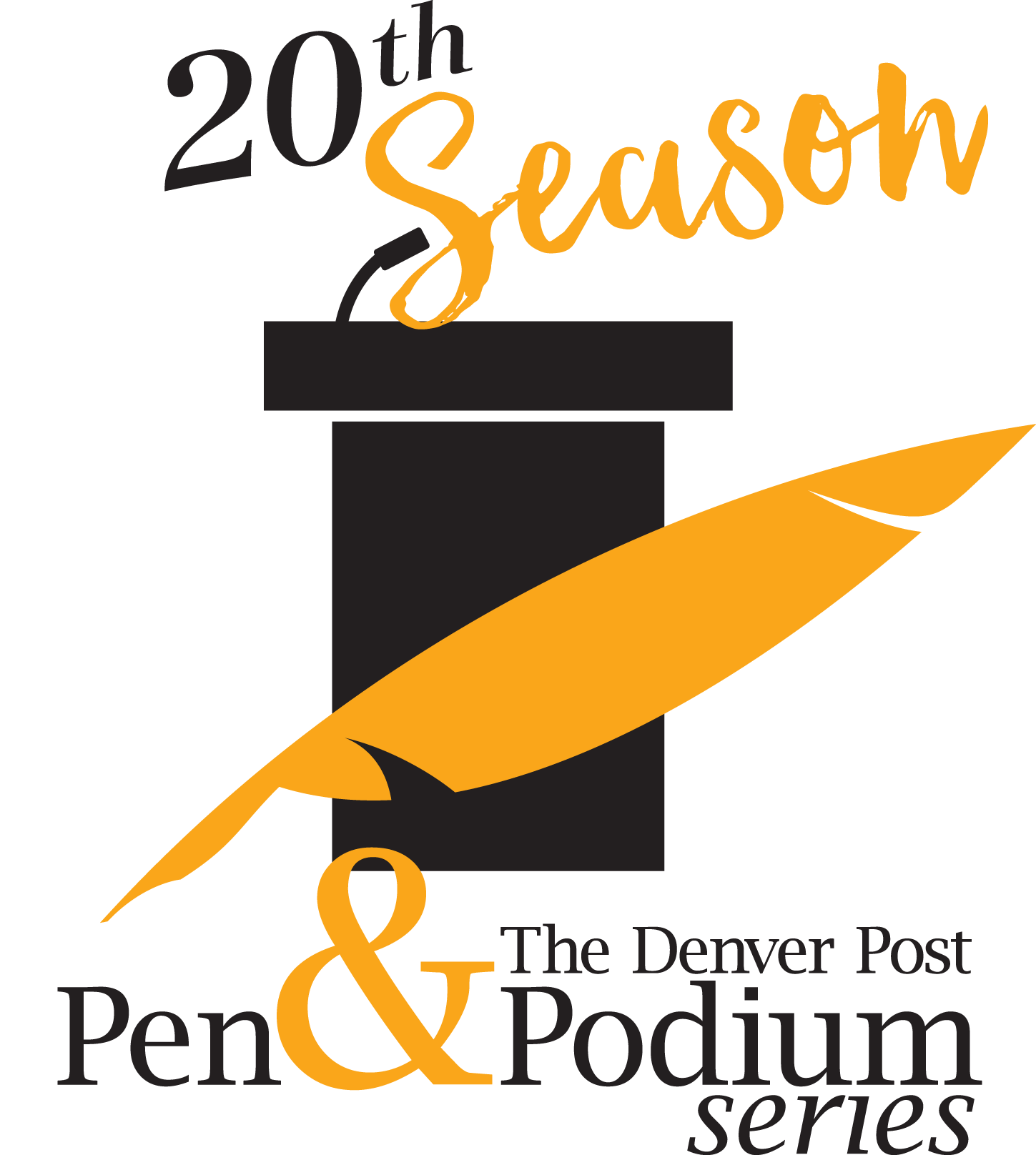
Book Club
Ruth Reichl
Monday, November 6, 2023
7 – 8:30 p.m.
Synopsis
At an early age, Ruth Reichl discovered that “food could be a way of making sense of the world…. If you watched people as they ate, you could find out who they were.” Her deliciously crafted memoir, Tender at the Bone, is the story of a life determined, enhanced, and defined in equal measure by a passion for food, unforgettable people, and the love of tales well told.
Beginning with Reichl’s mother, the notorious food-poisoner known as the Queen of Mold, Reichl introduces us to the fascinating characters who shaped her world and her tastes, from the gourmand Monsieur du Croix, who served Reichl her first soufflé, to those at her politically correct table in Berkeley who championed the organic food revolution in the 1970s.
Spiced with Reichl’s infectious humor and sprinkled with her favorite recipes, Tender at the Bone is a witty and compelling chronicle of a culinary sensualist’s coming-of-age.
(From the publisher.)
Reading Group Discussion Questions
1. The first two chapters of Tender at the Bone feature the culinary shortcomings of Ruth Reichl’s relatives, particularly her mother. To what do you attribute prowess in the kitchen? Is the ability (or inability) to cook a reflection of other traits? Who are the most notorious cooks in your family?
2. Besides a perfect recipe for Wiener Schnitzel, what other gifts did Mrs. Peavey impart to Reichl?
3. How was Reichl affected by her three years at boarding school in Montreal? What do you think her mother’s true motivation was in enrolling her there?
4. In the absence of parents, what role did cooking take while Reichl was a teenager? Why did feeding her friends become her primary joy? Does chapter 5, “Devil’s Food,” express unique or universal notions about adolescence and self-image?
5. In what way does the topic of mental illness shape the memoir overall, particularly the bipolar disorder that afflicted Reichl’s mother? What do the book’s images evoke regarding the psychology of indulgence and hunger?
6. How does the tenderness mentioned in the title manifest itself throughout the book? How do Reichl’s sense of humor and her wry honesty play off one another?
7. What were Reichl’s early impressions of France, including her summer on the Île d’Oléron? How did her casual immersions in French cooking shape her attitudes toward cuisine in general? How did they help her on the job at L’Escargot and when she later embarked on the vineyard tour?
8. At the end of chapter 7, Serafina writes “I hope you find your Africa” in a note to Reichl. How was Reichl’s view of humanity being transformed by Serafina and Mac?
9. Did traveling in North Africa bring Reichl closer to or farther from a sense of fulfillment? How did this travel experience compare to her previous ones?
10. As Reichl watched Doug bond with her parents (he even elicited previously unknown details about her father’s life) she felt a new level of exasperation with her family. What models for marriage did she have? Was winter in Europe, with Milton often at the helm, a good antidote?
11. Reichl writes that in 1971, lower Manhattan was a cook’s paradise. What did life on the Lower East Side, from the gefilte fish episode to Mr. Bergamini’s Veal Breast recommendation, teach Reichl about how she would define a successful meal? Why was the Superstar so insistent that great cooking was the sure way to seduce a man? With Mr. Izzy T. as navigator, what did the Superstar and Reichl both learn about themselves?
12. How does the idealism of Channing Way compare to the organic food movement of today? Have any of Nick’s tenets become part of mainstream life in the 21st century?
13. The now-legendary Swallow Collective was as innovative in its management style as in its menus. What chapters in culinary history are captured in Reichl’s recollections of working there?
14. Tender at the Bone ends with an image of Reichl conquering her bridge phobia while accompanied by Marion Cunningham, who says, “Nobody knows why some of us get better and others don’t.” What ingredients in Reichl’s life may have helped her to “get better” and achieve such tremendous success in the years that would follow this scene?
15. Food writing presents the unusual challenge of conveying distinct, intangible flavors through mere words. How would you characterize Reichl’s approach to the task? Does she approach haute cuisine and comfort food in the same way? How would you have responded to her mother’s comment that by developing a career as a food writer Reichl was “wasting her life”?
16. How would you characterize the recipes Reichl selected for Tender at the Bone? Do they possess a common “personality”? What recipes represent the most significant turning points in your life?
(Questions issued by publishers.)
Additional Book Club Resources
Other Works by Ruth Reichl
• Mmmmm: A Feastiary (1972)
• Comfort Me with Apples: More Adventures at the Table (2001)
• Garlic and Sapphires: The Secret Life of a Critic in Disguise (2005)
• The Gourmet Cookbook: More Than 1000 Recipes (2006)
• Not Becoming My Mother: and Other Things She Taught Me Along the Way (2009)
• Gourmet Today: More than 1000 All-New Recipes for the Contemporary Kitchen (2009)
• For You, Mom. Finally (2014)
• My Kitchen Year: 136 Recipes That Saved My Life (2015)
• Save Me the Plums: My Gourmet Memoir (2019)
If You Liked Tender at the Bone, may we recommend …
The Art of Eating, M.F.K. Fisher
Blood, Bones & Butter: The Inadvertent Education of a Reluctant Chef, Gabrielle Hamilton
Burnt Toast Makes You Sing Good: A Memoir of Food and Love from an American Midwest Family, Kathleen Flinn
My Life in France, Julia Child
Yes, Chef, Marcus Samuelsson
Make It Messy: My Perfectly Imperfect Life, Marcus Samuelsson
The Man Who Ate Everything, Jeffrey Steingarten
Miriam’s Kitchen, Elizabeth Ehrlich
Bed and Breakfast, Lois Battle
Mise en Place: Memoir of a Girl Chef, Marisa Mangani
Links of Interest for Your Book Club Discussion
Official Website
On Facebook
On Instagram
The New York Times, Recent and Archived Articles by Ruth Reichl
Los Angeles Times, “Q&A: Ruth Reichl On Breaking Through the Machismo of Restaurant and Publishing Worlds”
Columbia Journalism Review Interview: Ruth Reichl on 40 Years in Food Journalism
Harvard Business Review, “Life’s Work: An Interview with Ruth Reichl”
Fresh Air with Terry Gross
NPR: Ruth Reichl, Dining in Disguise and Going ‘Gourmet’
VIDEO: PBS American Masters, Ruth Riechl
VIDEO: New York State Writers Institute: A Creative Life event with Ruth Reichl

